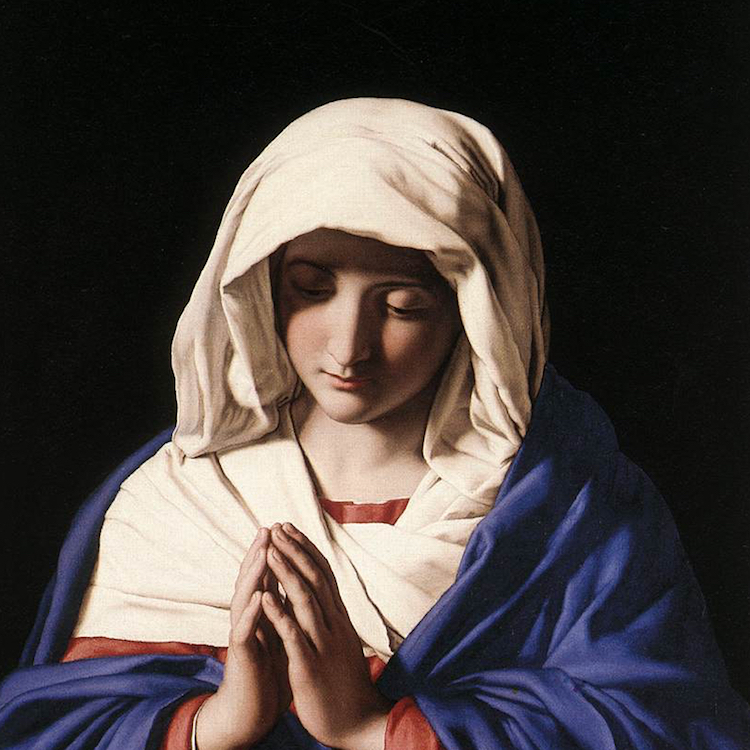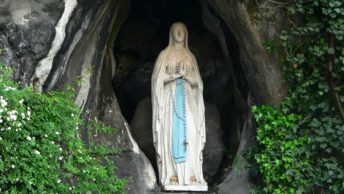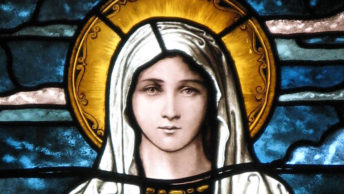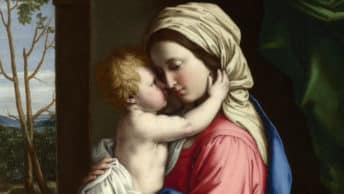Most Americans have heard of Lewis and Clark, the two explorers whose famous expedition at the beginning of the 19th century successfully reached the Pacific Ocean and opened up vast new territories to the United States. Few, however, realize that an Indian woman played an essential role in their success. The explorers had asked an experienced guide to help them; he agreed, on the condition that his Indian wife and child accompany them. The woman, whose name was Sacagawea, endured many hardships on the journey without complaining. In 1805, toward the end of the long, difficult expedition, a group of hostile Native Americans approached, and the expedition was in great danger. Sacagawea bravely ran up to the warriors, and to the surprise of everyone, she and the Indian chief embraced each other joyfully; as it happened, they were brother and sister, separated years earlier by a tribal war. As a result of this fortunate coincidence, the Lewis and Clark expedition was able to pass through the territory safely and successfully complete its mission (Msgr. Arthur Tonne, Feasts of Our Lady, p. 34). The Virgin Mary can play a similar role for us, guiding us through the dangers and worries and problems of life. By her life, death, and glorious assumption, Our Lady has shown us the path we must travel.
We’re well aware of our differences from Mary, for we’re not perfectly holy and sinless as she was; even as we acknowledge this, however, it’s also important to be aware of our potential similarities. When Elizabeth praised her cousin for believing the amazing promise that had been made by the angel Gabriel—namely, that she would be the Mother of the long-awaited Savior—Mary in her humility instead gave all glory to God, extolling Him for His gracious and loving mercy. In the same way, whenever we are successful in life, honored for our achievements, or complimented or praised for any reason whatsoever, no matter how great or small, we should humbly remember that every gift or talent we have, and every good thing we accomplish, is entirely rooted in God’s grace. Being the most highly exalted of all women, Mary could have put on airs or expected privileged treatment from the people around her; instead, she freely served and assisted her cousin Elizabeth in the final months of her pregnancy. We too can choose to think not only of ourselves and our own needs and desires, but also of how we might be of service and assistance to others. St. Paul speaks of how, at the Second Coming of Jesus, all believers will experience the resurrection of the dead, with their bodies and souls reunited in a holy and wondrous manner. Our Lady has already experienced this privilege—and this gives us every reason to hope and expect that our journey through life will also lead to everlasting glory.
A hundred years ago there was a famous literary critic and professor of English at Yale University in Connecticut, William Lyon Phelps, who had a summer home up in Port Austin, Michigan. He once wrote a newspaper column which said, “Although I am not a Catholic, I always attend a Catholic church on the feast of the Assumption. Since 1928, the nearest Catholic church to where I live in August is at Port Austin, Michigan, eight-and-one-half miles from my home. I go to this church every year on that day to do honor to Our Lady. It should be remembered that Catholics do not worship the Virgin Mary; they worship only God. But they venerate Mary and pray to her.” (Msgr. Arthur Tonne, Five-Minute Homilies on the Gospels, p. 100) This prominent non-Catholic rightly understood the Church’s teaching on Our Lady: we as Catholics never worship her, but we do give her the highest possible honor for being the Mother of our Savior, for serving as an example of holiness and grace, and for the promise she represents of eternal life and perfection through her Son Jesus.
The great Italian Capuchin priest, Padre Pio of Pieltrecina, who died just over half-a-century ago in 1968, advises us, “Make every effort, like many elect souls, to follow invariably this Blessed Mother, to walk close to her since there is no other path leading to [eternal] life except the path followed by our Mother” (Under the Mantle, Fr. Donald H. Calloway, MIC, p. 33). St. Pio gives us very wise advice, for the easiest and most reliable way of coming close to Jesus is by developing a great devotion to His Mother. Honoring Mary as our Queen is a profound and holy way of acknowledging Jesus as our King. Not only does this please Our Lord; it also helps us grow in grace, protects us from the attacks of the Evil One, and reminds us that the purpose of life on earth is to be made ready for eternal life in Heaven.
At the end of time we will follow the path Mary has shown; our bodies and souls, separated by death, will be eternally reunited in a glorious way. Even here and now, however, the Blessed Virgin is a faithful guide, always ready to intercede on our behalf, just as Sacagawea assisted and protected the members of the Lewis and Clark expedition. Our efforts to live for God’s glory, as Mary did, will be richly rewarded. She is a light to seekers of truth, a guide to travelers journeying through the uncertainties of life, and a companion to those on a spiritual quest for meaning and inner peace. As long as we too strive to be humble, trusting, and obedient, Our Lady’s example can inspire us and help us reach our heavenly home.








